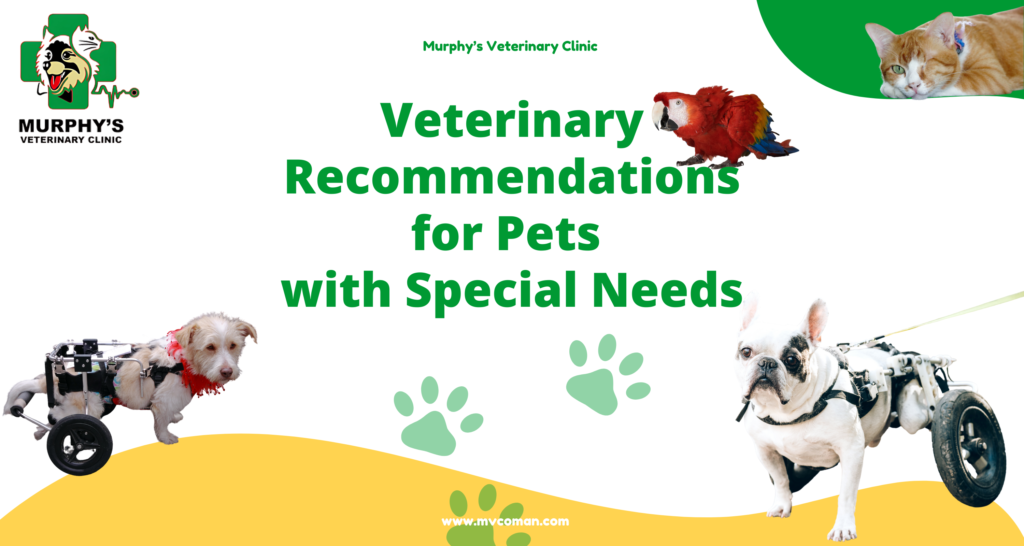Special Care
Veterinary Recommendations for Pets with Special Needs
Caring for pets with special needs can be both a deeply rewarding and uniquely challenging experience. Veterinary recommendations for pets with special needs include a range of specialized approaches and care practices that are essential for maintaining their health, comfort, and overall quality of life. These pets may have physical, mental, or behavioral conditions that require a different approach compared to healthy pets. In this article, we will explore five critical aspects of care with a strong focus on the keyword “veterinary recommendations for pets with special needs.” These areas include nutrition, physiotherapy, hygiene, supportive equipment, and adapted living environments. Following these guidelines can significantly improve the well-being of special needs pets. Each section is discussed in detail below, keeping SEO best practices in mind and ensuring frequent use of our keyword.

Special Nutrition for Pets with Special Needs
Proper nutrition plays a key role in the health of pets with special needs. Veterinary recommendations for pets with special needs in this area include carefully planned meal schedules, the use of dietary supplements, and avoiding allergenic ingredients. Pets with digestive issues or chronic diseases such as diabetes require tailored diets. For instance, a cat or dog with kidney disease should consume low-phosphorus foods. A veterinarian can assess the pet’s condition and offer a customized nutrition plan. Managing weight and preventing obesity is also crucial. Additionally, soft foods may be better suited for pets with dental issues.
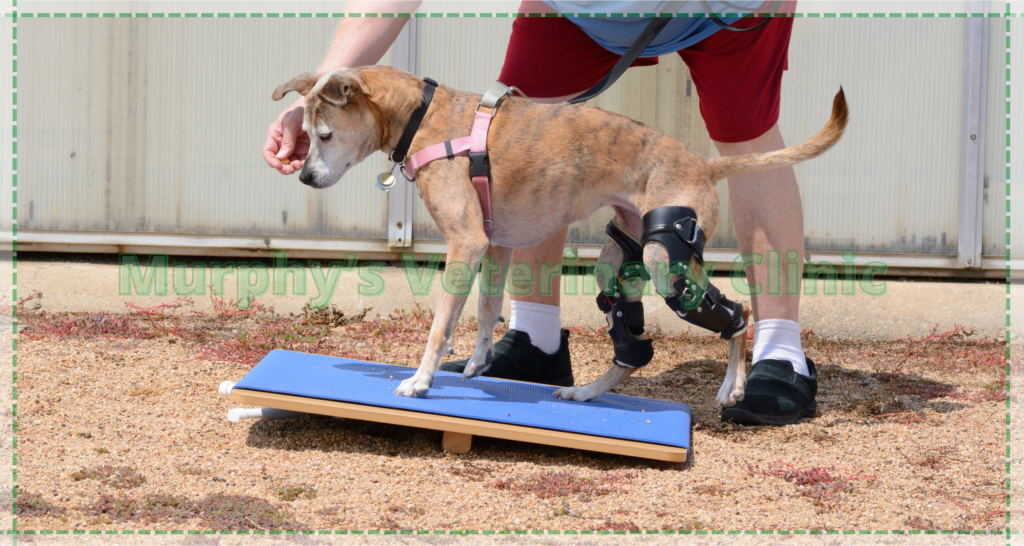
Physiotherapy and Mobility Exercises
Veterinary recommendations for pets with special needs emphasize physiotherapy as a major contributor to their quality of life. Pets with limb loss, mobility impairments, or those recovering from surgery benefit greatly from rehabilitation programs. These may include massage therapy, balance exercises, and underwater treadmill sessions. All exercises should be conducted under professional supervision to prevent injuries. Keeping joints flexible and muscles strong is vital for improving movement.
- Massage Therapy: Helps improve blood flow and relieve chronic muscle pain. Especially helpful for animals with long-term pain.
- Stretching Exercises: Prevent muscle and joint stiffness in low-mobility pets.
- Underwater Treadmill: Reduces joint pressure and provides safe movement for exercise.
- Veterinary Supervision: All therapies should be monitored by a professional to ensure safety.
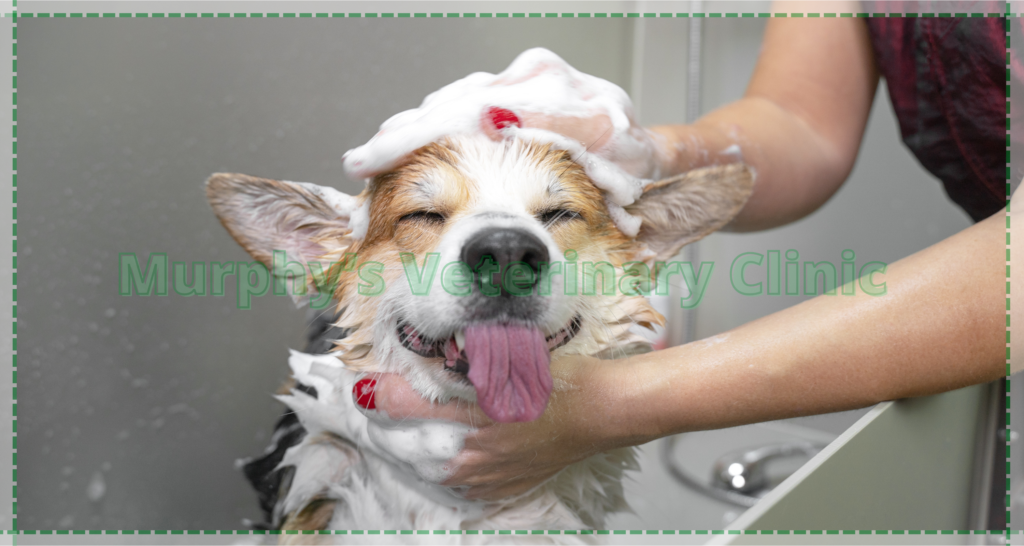
Hygiene and Regular Grooming
Proper hygiene is essential for pets with special needs. Veterinary recommendations for pets with special needs in this field include regular baths, nail trimming, ear and dental cleaning, and checking for skin conditions. Some pets may be unable to groom themselves or may be prone to pressure sores. In such cases, gentle cleaning techniques and specialized hygiene products are recommended. A clean environment can help prevent infections, skin disorders, and fungal growths.
- Skin and Coat Checks: Early detection of wounds or inflammation helps with faster treatment.
- Ear Cleaning: Less mobile pets are more prone to ear infections.
- Brushing Teeth: Oral issues can lead to more serious health conditions.
- Special Shampoo Use: Required for pets with sensitive or allergic skin.
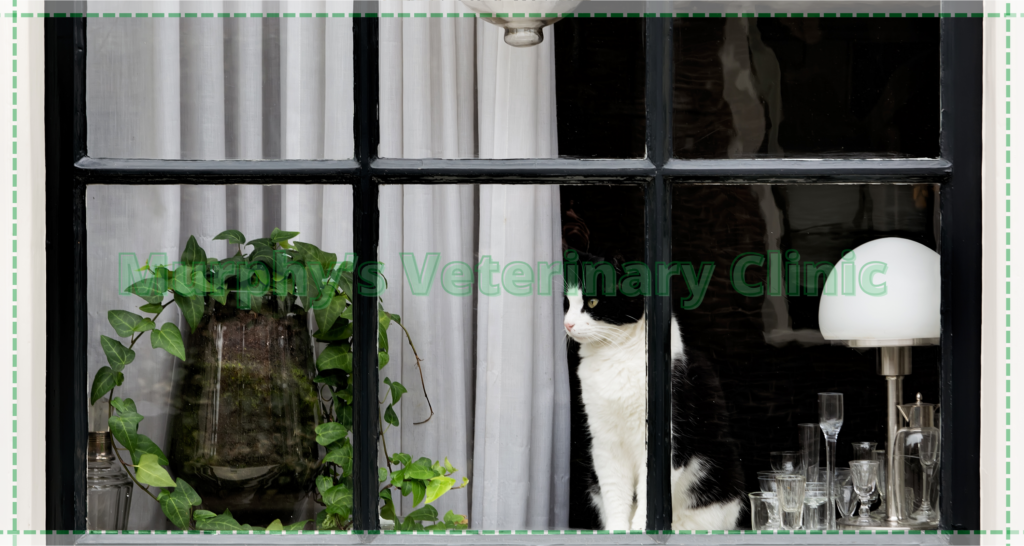
Supportive and Assistive Equipment
Using specialized equipment for pets with special needs can improve their mobility, reduce physical strain, and enhance their comfort. Veterinary recommendations for pets with special needs in this category include items such as pet wheelchairs, supportive harnesses, anti-slip mats, and orthopedic beds. These tools should be selected based on the pet’s mobility range and physical condition.
Types of Assistive Equipment for Special Needs Pets
| Equipment Type | Primary Use |
|---|---|
| Pet Wheelchairs | Assists pets with paralysis or limb issues |
| Supportive Harnesses | Stabilizes weak or injured joints |
| Anti-Slip Flooring | Prevents slipping and injuries indoors |
| Orthopedic Beds | Prevents pressure sores in immobile pets |
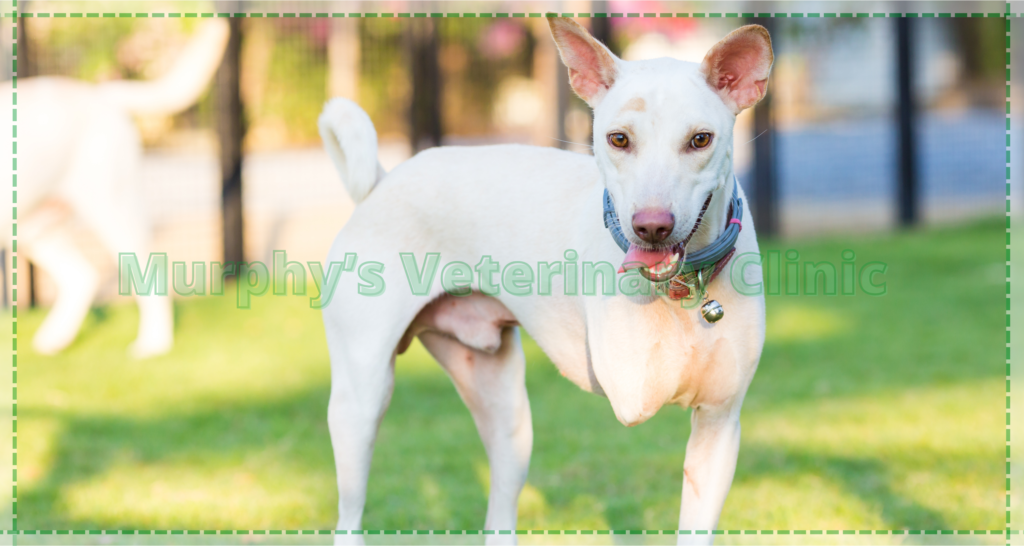
Adapted Living Environments for Special Needs Pets
Creating a safe and accessible living space is one of the most important veterinary recommendations for pets with special needs. Pets that are visually or hearing impaired, or have limited mobility, require an environment free of physical obstacles. Installing ramps, removing sharp objects, and providing a comfortable sleeping area are essential. These adjustments help reduce anxiety and prevent injuries.
Safety Tips for Special Needs Pet Environments
| Safety Measure | Description |
|---|---|
| Install Ramps | Eases access for wheelchair-bound pets |
| Remove Sharp Edges | Prevents accidental injuries |
| Ensure Proper Lighting | Helps pets with limited vision |
| Fixed Feeding Area | Reduces stress by maintaining consistency |
Conclusion
Understanding and implementing veterinary recommendations for pets with special needs can dramatically improve their lives. From specialized diets to adaptive environments, every consideration counts. These pets often require more attention, customized care plans, and ongoing follow-up. Utilizing assistive tools and addressing mental wellness are also critical. Regular collaboration with a veterinarian forms the backbone of successful care. By following these recommendations, you can create a safe, healthy, and happy life for your special needs pet. Love, patience, and knowledge are your greatest assets on this journey.
Murphy’s Veterinary Clinic offers expert support for pets with special needs through customized care services. With a skilled team, they provide nutritional consultations, physiotherapy, and environment planning tailored to your pet’s condition. If your pet requires special attention, Murphy’s is a trustworthy partner to help meet those unique needs.


